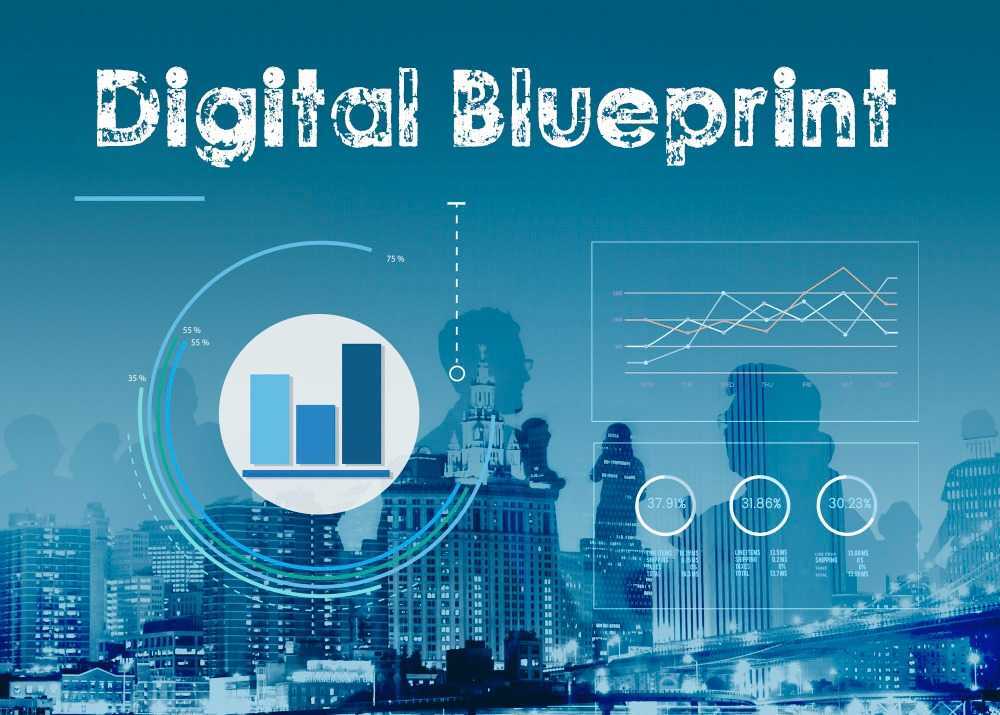Introduction
In today’s information-driven world, the question “Is digital information a blueprint for data?” leads to an intriguing exploration of how we handle, interpret, and use information in the digital age. This article examines the concept of digital information, its connection to data, and how it serves as a blueprint for various technological applications.
Table of Contents
ToggleUnderstanding Digital Information
Digital information is essentially data encoded in a format that computers can process, including text, images, audio, and video files, as well as more complex forms like databases and software applications. At its core, digital information consists of bits and bytes, the fundamental units of all digital content.
The Concept of a Blueprint
A blueprint traditionally refers to a detailed plan or drawing used in construction and engineering. In the digital world, this analogy extends to data, where digital information provides a foundational framework for data creation and manipulation.

Is Digital Information a Blueprint for Data?
To determine if digital information acts as a blueprint for data, we must understand how it provides a structured format for processing, storing, and retrieving data. Much like a construction blueprint, digital information outlines the specifications and parameters for data operations, ensuring consistency and accuracy.
Historical Perspective
The evolution of digital information has been marked by significant milestones, from early punched cards and magnetic tapes to today’s advanced cloud storage solutions. This journey reflects our ongoing efforts to manage and utilize data more effectively.
The Role of Digital Information in Data Creation
Digital information plays a crucial role in creating and organizing data by offering a structured format for efficient collection, storage, and retrieval. This structure makes data not only accessible but also usable, supporting various applications across different domains.
Digital Information Storage
Storing digital information involves various technologies, from traditional hard drives to modern SSDs and cloud solutions, all designed to ensure data integrity and accessibility.
Data Retrieval and Digital Information
Retrieving data from digital information requires advanced techniques and tools, such as search algorithms, indexing methods, and database management systems, ensuring quick and accurate access.
Impact of Digital Information on Various Industries
Digital information has revolutionized industries like healthcare, finance, and education. In healthcare, it streamlines patient records management; in finance, it supports complex transactions and analyses; and in education, it aids in creating and sharing learning materials.
Digital Information and Big Data
Digital information and big data have a symbiotic relationship. The structured nature of digital information allows big data to be processed and analyzed, transforming vast amounts of raw data into valuable insights.
Security of Digital Information
Protecting digital information from breaches and cyber-attacks is critical. Security measures include encryption, firewalls, and access controls, all aimed at safeguarding data integrity and confidentiality.
Digital Information and Artificial Intelligence
Artificial intelligence relies heavily on digital information. By processing large amounts of digital data, AI systems can learn, adapt, and make decisions, highlighting the vital role of digital information as a blueprint for AI development.
Challenges in Managing Digital Information
Managing digital information involves challenges such as data overload, privacy concerns, and technological limitations, which require innovative solutions and continuous vigilance.
Future Trends in Digital Information
The future of digital information is shaped by emerging technologies like quantum computing, blockchain, and advanced AI, promising further improvements in data management and utilization.
Ethical Considerations
Handling digital information ethically is essential. Issues like data privacy, consent, and the potential for misuse must be managed carefully to maintain public trust and uphold ethical standards.
Case Studies
Real-world examples illustrate how digital information serves as a blueprint for data. From smart cities to personalized medicine, these case studies show the practical applications and benefits of structured digital information.
The Role of Digital Information in Digital Twins
Digital twins, virtual replicas of physical objects, depend on accurate digital information. This technology allows for precise monitoring, simulation, and optimization of real-world assets.
Digital Information in Cloud Computing
Cloud computing relies on digital information for scalable storage and processing, enabling businesses and individuals to access and manage data globally.
Benefits of Digital Information
The advantages of digital information include enhanced efficiency, accessibility, and scalability, driving innovation and productivity across various sectors.
Conclusion
In conclusion, digital information indeed serves as a blueprint for data. It provides the essential structure for data creation, management, and utilization, playing a pivotal role in the digital era.
FAQs
-
What is digital information?
Digital information is data encoded in a format that computers can process, including text, images, audio, video, and more complex forms like databases.
-
How does digital information act as a blueprint for data?
Digital information offers a structured format that guides the processing, storage, and retrieval of data, similar to a construction blueprint.
-
What are the main components of digital information?
The main components are bits and bytes, which make up all digital content.
-
How is digital information stored?
Digital information is stored using technologies like hard drives, SSDs, and cloud storage solutions, ensuring data integrity and accessibility.
-
What are the challenges in managing digital information?
Challenges include data overload, privacy concerns, and technological limitations, requiring innovative solutions and vigilance.
-
How does digital information impact industries?
Digital information transforms industries by enabling efficient data management, supporting complex analyses, and facilitating the creation and dissemination of materials.
-
What is the future of digital information?
The future is shaped by emerging technologies like quantum computing, blockchain, and advanced AI, promising further enhancements in data management and utilization.







